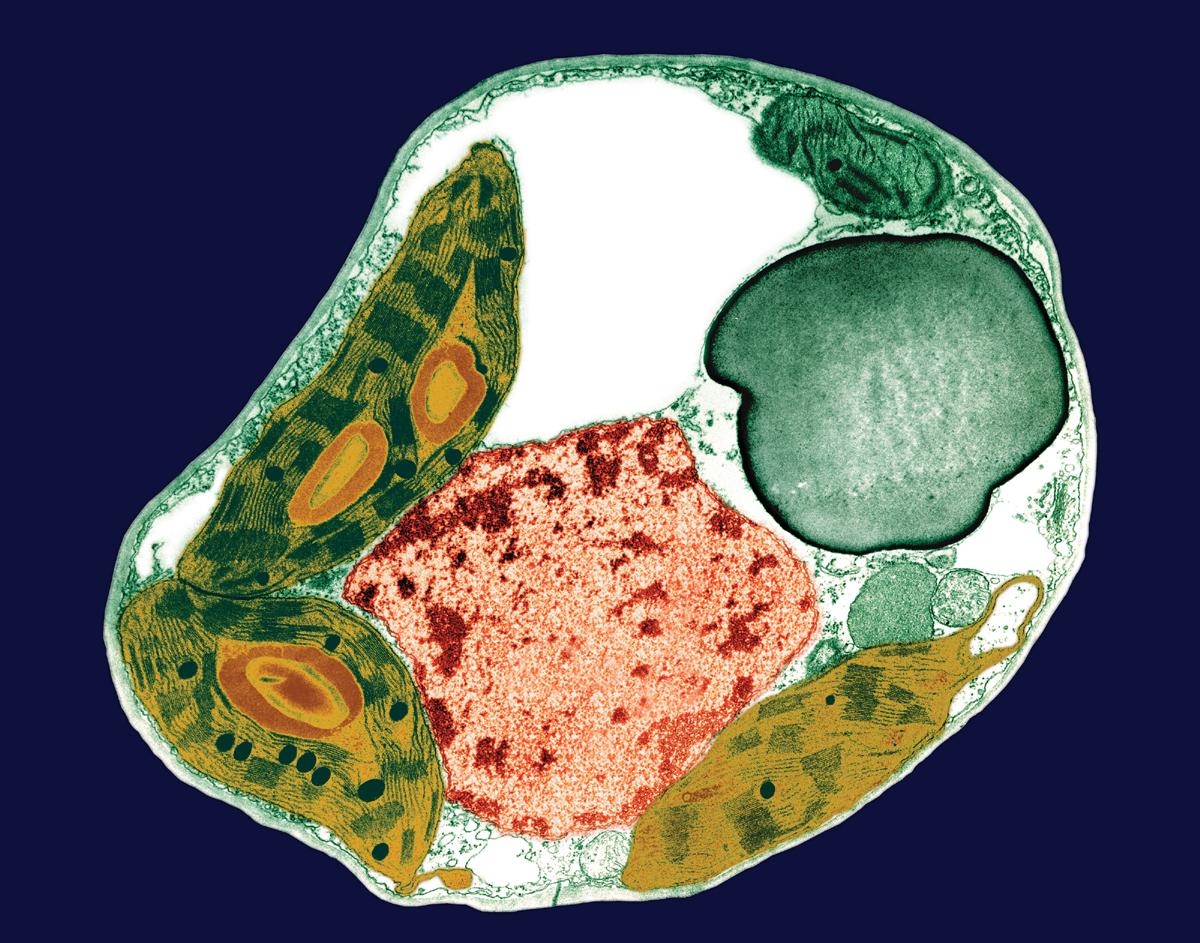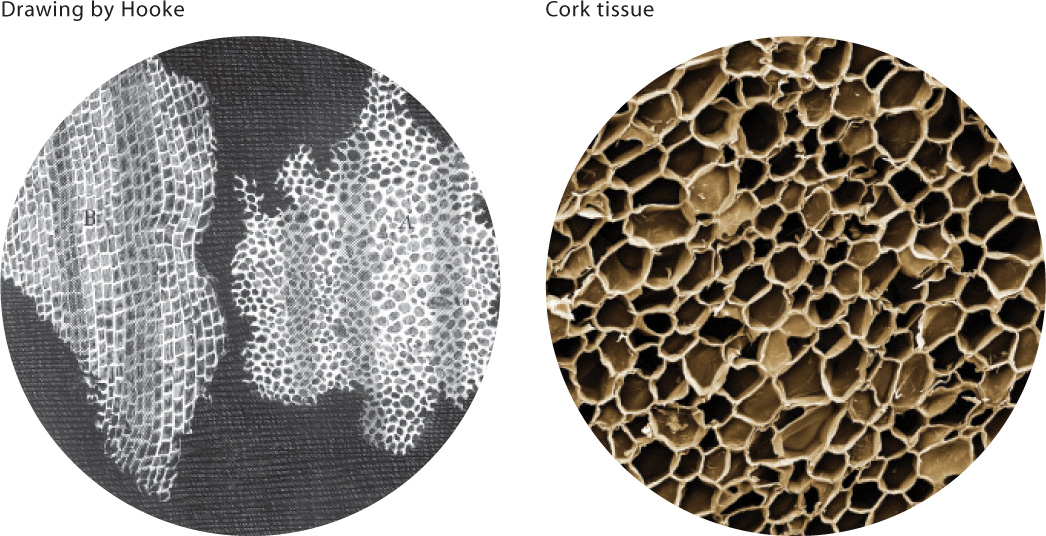CHAPTER 5 INTRODUCTION
5-1
CORE CONCEPTS
5.1 Cell membranes are composed of lipids, proteins, and carbohydrates.
5.2 The plasma membrane is a selective barrier that controls the movement of molecules between the inside and outside of the cell.
5.3 cells can be classified as prokaryotes or eukaryotes; these differ in the degree of internal compartmentalization.
5.4 The endomembrane system is an interconnected system of membranes that includes the nuclear envelope, endoplasmic reticulum, Golgi apparatus, lysosomes, vesicles, and plasma membrane.
5.5 Mitochondria and chloroplasts are organelles involved in harnessing energy, and likely evolved from free-living prokaryotes.

"With the discovery of the cell, biologists found their atom."; So stated François Jacob, the French biologist who shared the Nobel Prize in Physiology or Medicine in 1965. Just as the atom is the smallest, most basic unit of matter, the cell is the smallest, most basic unit of living organisms. All organisms, from single-celled algae to complex multicellular organisms like humans, are made up of cells. Therefore, essential properties of life, including growth, reproduction, and metabolism, must be understood in terms of cell structure and function.
Cells were first seen sometime around 1665, when the English scientist Robert Hooke built a microscope that he used to observe thin sections of dried cork tissue derived from plants. In these sections, Hooke observed arrays of small cavities and named them “cells” (Fig. 5.1). Although Hooke was probably looking at empty cell walls that make up the plant vascular system rather than at living cells, his observations nevertheless led to the concept that cells are the fundamental units of life. Later in the seventeenth century, the Dutch microbiologist Anton van Leeuwenhoek greatly improved the magnifying power of microscope lenses, enabling him to see and describe unicellular organisms, including bacteria, protozoa, and algae. Today, modern microscopy is providing unprecedented detail and a deeper understanding of the inner architecture of cells.
Cells differ in size and shape, but they share many features. This similarity in the microscopic organization of all living organisms led to the development, in the middle of the nineteenth century, of one of the pillars of modern biology: the cell theory. Based on the work and ideas of Matthias Schlieden, Theodor Schwann, Rudolf Virchow, and others, the cell theory states that all organisms are made up of cells, that the cell is the fundamental unit of life, and that cells come from preexisting cells. There is no life without cells, and the cell is the smallest unit of life.
This chapter focuses on cells and their internal organization. We pay particular attention to the key role that membranes play in separating a cell from the external environment and defining structural and functional spaces within cells.
